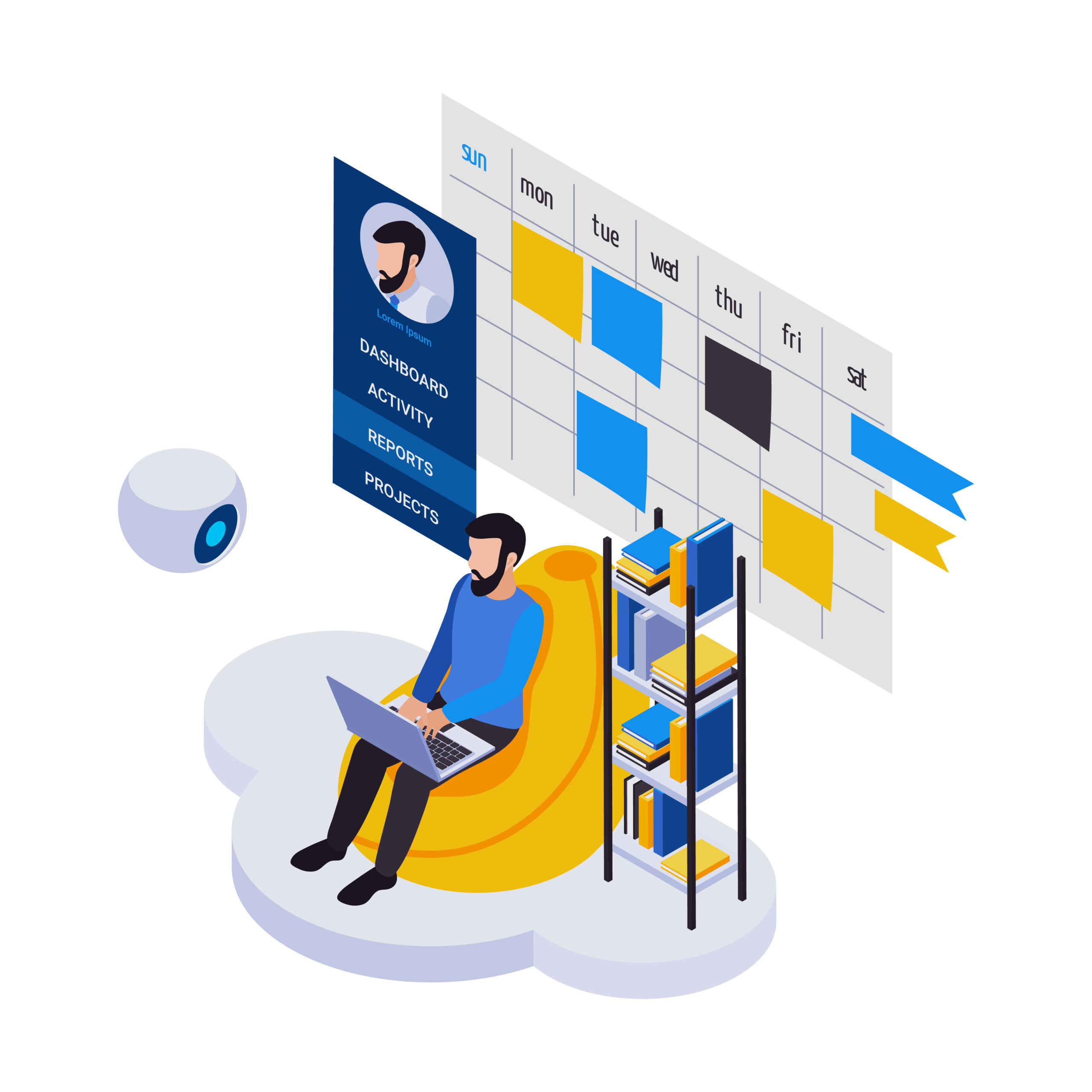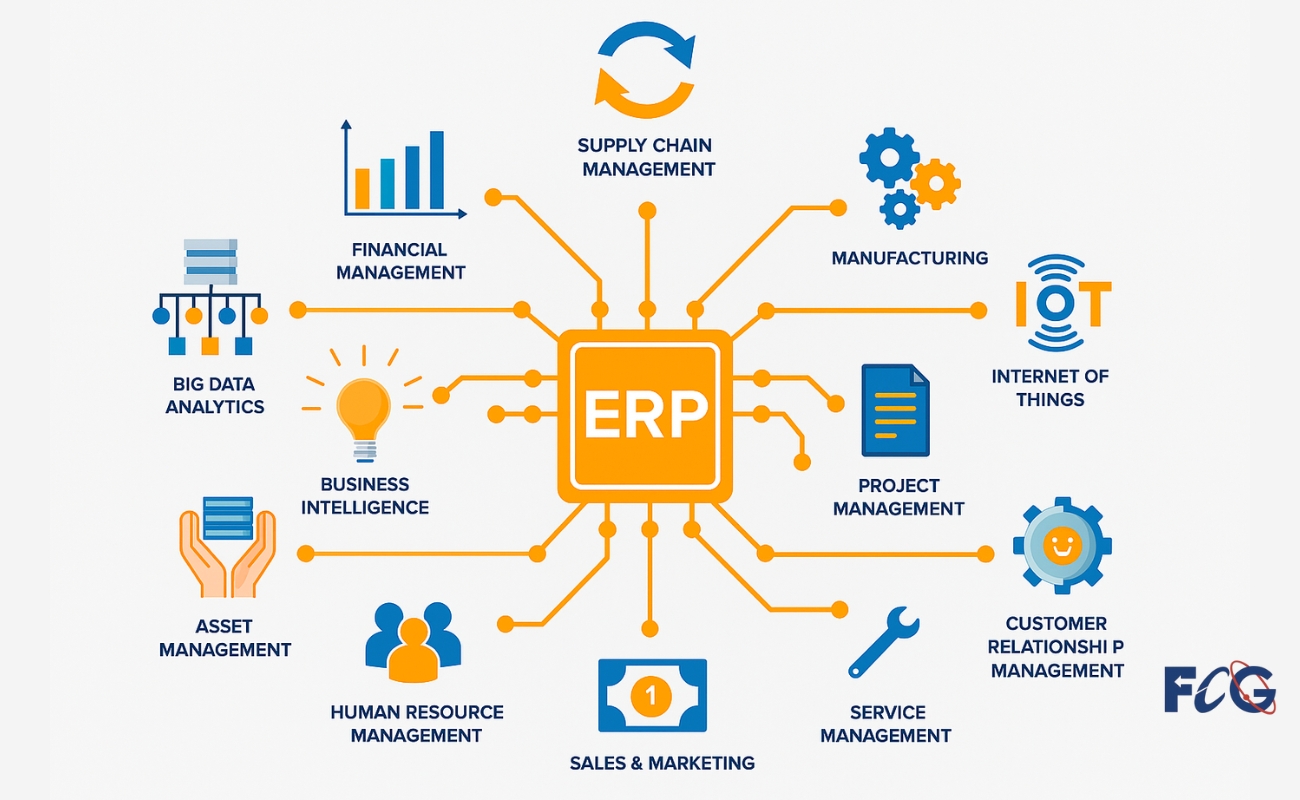Top 5 Benefits of Remote Employee Monitoring for Businesses in 2024
As remote work continues to thrive in 2024, businesses are facing unique challenges in managing their workforce. Remote employee monitoring has emerged as a valuable tool to address these challenges, allowing companies to track productivity, ensure accountability, and maintain operational efficiency. In fact, a recent study reveals that 60% of companies with remote workers now utilize employee monitoring software, recognizing its potential to boost performance, reduce absenteeism, and facilitate data-driven decision-making.
In this article, we explore the top five benefits of remote employee monitoring for businesses in 2024, backed by data on productivity improvements, reduced absenteeism, and enhanced accountability.
1. Enhanced Productivity
One of the most significant advantages of remote employee monitoring is its impact on productivity. By tracking employee activities, businesses can ensure that employees are staying focused and completing tasks efficiently.
Statistical Evidence:
Studies show that implementing employee monitoring tools can increase productivity by 20-30%. This improvement often results from identifying inefficiencies and reducing time spent on non-work-related activities.
Identifying Inefficiencies:
Monitoring software helps managers analyze how employees allocate their time, enabling them to detect any unnecessary distractions or inefficient workflows. For example, if an employee is spending excessive time on non-work-related websites or unproductive tasks, managers can address these issues directly, allowing employees to refocus on their core responsibilities.
Setting Clear Goals:
The insights gained from monitoring software also empower organizations to set clear, measurable performance goals. Employees who understand what is expected of them are more likely to stay on track, contributing to overall efficiency. Managers can monitor progress in real-time, providing timely feedback or additional support where necessary.
2. Reduced Absenteeism
Absenteeism, whether intentional or due to disengagement, can have a detrimental effect on business operations. Remote employee monitoring can help mitigate this issue by providing managers with accurate data on attendance and task completion.
Tracking Attendance:
Many employee monitoring tools feature attendance-tracking capabilities, making it easier to monitor when employees are logging in and how much time they are spending on specific tasks. This visibility helps managers identify absenteeism trends and intervene when necessary to prevent further issues.
Promoting Accountability:
When employees are aware that their attendance and productivity are being tracked, they are more likely to stick to their schedules. This sense of accountability can reduce unexcused absences and encourage employees to stay committed to their work.
Identifying Patterns:
In some cases, absenteeism can be a symptom of larger issues such as burnout, disengagement, or personal struggles. Monitoring software enables managers to identify patterns of absenteeism and take proactive steps to address the root causes, whether through offering additional support, redistributing workloads, or providing resources to improve employee well-being.
3. Increased Employee Accountability
Accountability is crucial for maintaining a high-performing team, especially in a remote work environment where direct supervision is limited. Remote employee monitoring fosters a culture of accountability by making it clear that employee activities are being tracked and evaluated.
Ownership of Tasks:
When employees know their actions are being monitored, they tend to take greater ownership of their responsibilities. This encourages them to be more mindful of their work, leading to higher quality output and more reliable performance.
Performance Metrics:
Monitoring tools provide objective data on individual employee performance, making it easier for managers to assess contributions based on actual metrics. This transparency helps ensure that all team members are held to the same standards, fostering fairness and equality in performance evaluations.
Encouraging Engagement:
Employees who feel that their efforts are being recognized and valued are more likely to stay engaged with their work. Remote monitoring software provides a way to measure and reward high performance, reinforcing positive behavior and motivating employees to consistently deliver their best.
4. Data-Driven Decision Making
The data collected through remote employee monitoring offers invaluable insights for businesses, helping managers make informed decisions about everything from resource allocation to training needs.
Performance Analysis:
By analyzing productivity data, companies can identify trends in employee performance over time. This allows managers to pinpoint high performers as well as those who may need additional support or guidance.
Resource Allocation:
Monitoring data provides a clear view of how employees spend their time, allowing managers to allocate resources more effectively. For example, if certain tasks are taking longer than expected, this may indicate the need for additional training, tools, or team members to prevent bottlenecks and ensure smooth operations.
Tailored Training Programs:
With remote employee monitoring, businesses can identify specific skill gaps within their workforce and develop targeted training programs to address them. This approach fosters continuous improvement and ensures that employees have the tools they need to succeed in their roles.
5. Improved Communication and Collaboration
Effective communication and collaboration are key to the success of any team, but they can be challenging to maintain in remote work environments. Remote employee monitoring can enhance these aspects by providing real-time insights into team members’ activities.
Real-Time Insights:
With monitoring software, managers have access to real-time data on employee activities, enabling them to coordinate efforts more efficiently. This visibility helps managers spot potential collaboration opportunities and facilitates smoother project management.
Identifying Collaboration Opportunities:
Monitoring tools can also reveal how team members interact with shared tools and projects, making it easier to identify potential collaboration opportunities. For example, if two employees are facing similar challenges, pairing them up can promote knowledge-sharing and problem-solving, enhancing overall team performance.
Encouraging Open Dialogue:
Transparent communication about monitoring practices encourages open dialogue between employees and management. When employees understand the purpose behind monitoring and how the data will be used, they are more likely to engage in constructive discussions about their performance and seek feedback for improvement.
Conclusion
In 2024, remote employee monitoring continues to be an essential tool for businesses looking to optimize their remote workforce. By enhancing productivity, reducing absenteeism, promoting accountability, and providing data-driven insights, monitoring tools help businesses stay competitive in the evolving remote work landscape. Moreover, these tools can improve communication and collaboration, ensuring that teams work cohesively toward their goals.
For businesses seeking to maximize the benefits of remote employee monitoring, adopting a solution like Mera Monitor can provide comprehensive workforce management capabilities, allowing organizations to achieve their goals more efficiently while maintaining a positive work culture.














Post Comment